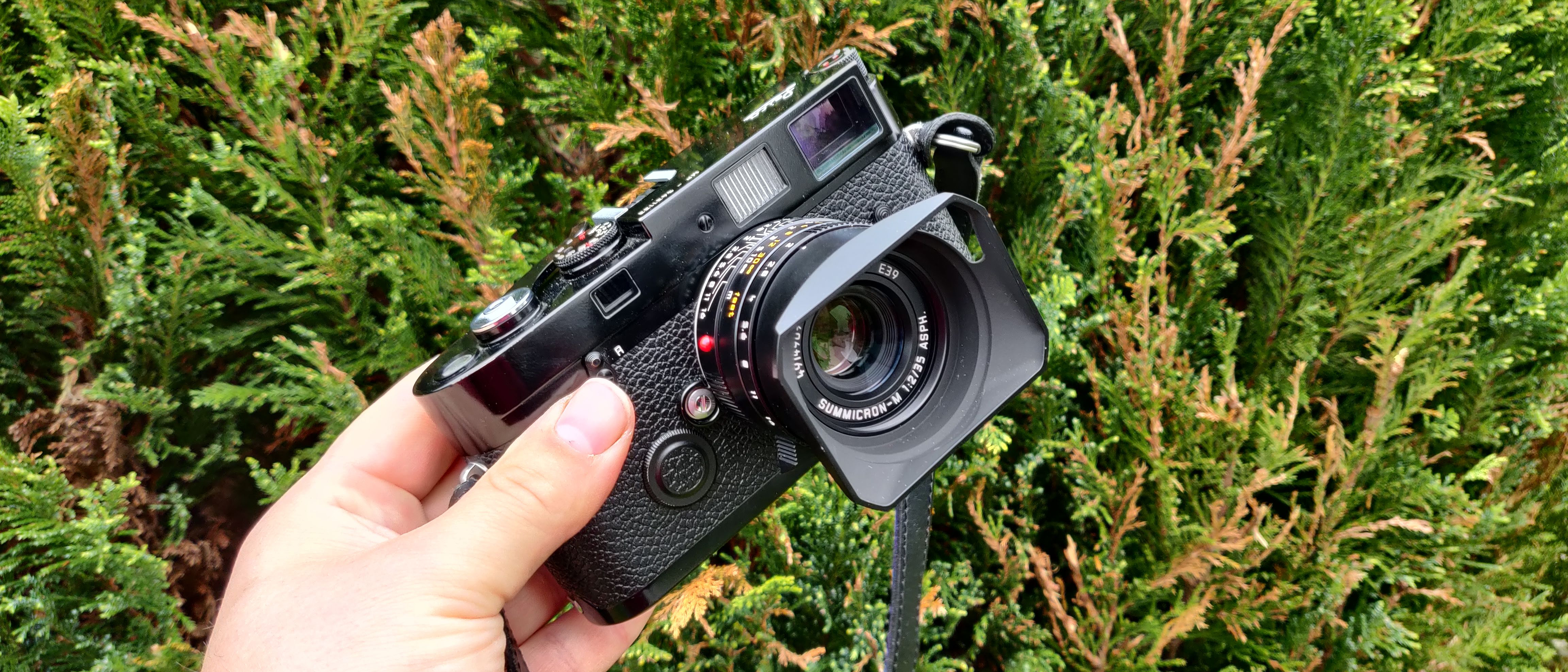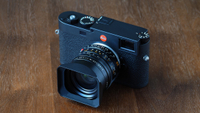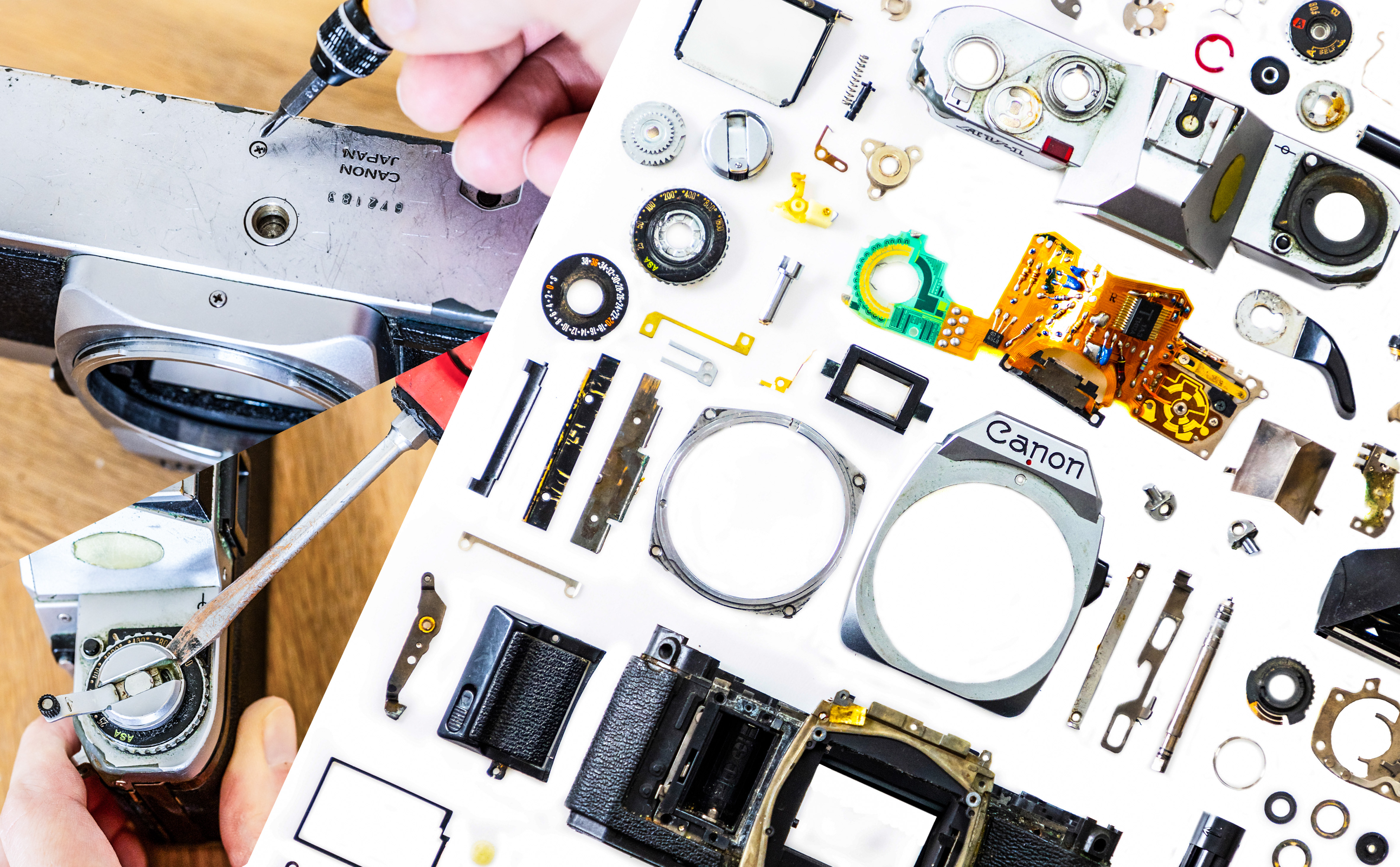Digital Camera World Verdict
The Leica MP is the pinnacle of mechanical precision and craftsmanship in film photography. Its robust brass build, intuitive controls, and precise rangefinder deliver an immersive shooting experience. The built-in light meter and manual operation foster a deep connection with your craft. Despite minor quirks, such as the front battery door and no shutter lock, the MP's simplicity and reliability make it a delight to use. For those seeking a timeless, high-quality film camera, the Leica MP is a superb investment, ensuring exceptional photographic results for years to come.
Pros
- +
Fully mechanical rangefinder
- +
Style icon
- +
Built-in lightmeter
Cons
- -
Pricey - and the lenses are too
Why you can trust Digital Camera World
The Leica MP has earned its place among the best Leica cameras, and the best film cameras available today, despite its luxury price tag. Renowned for delivering a fully mechanical photography experience, the Leica MP continues to uphold the brand's legacy, offering modern photographers a connection to the golden age of film.
So, how does this 35mm film camera, rooted in a 60+ year-old design, fare in today's world?
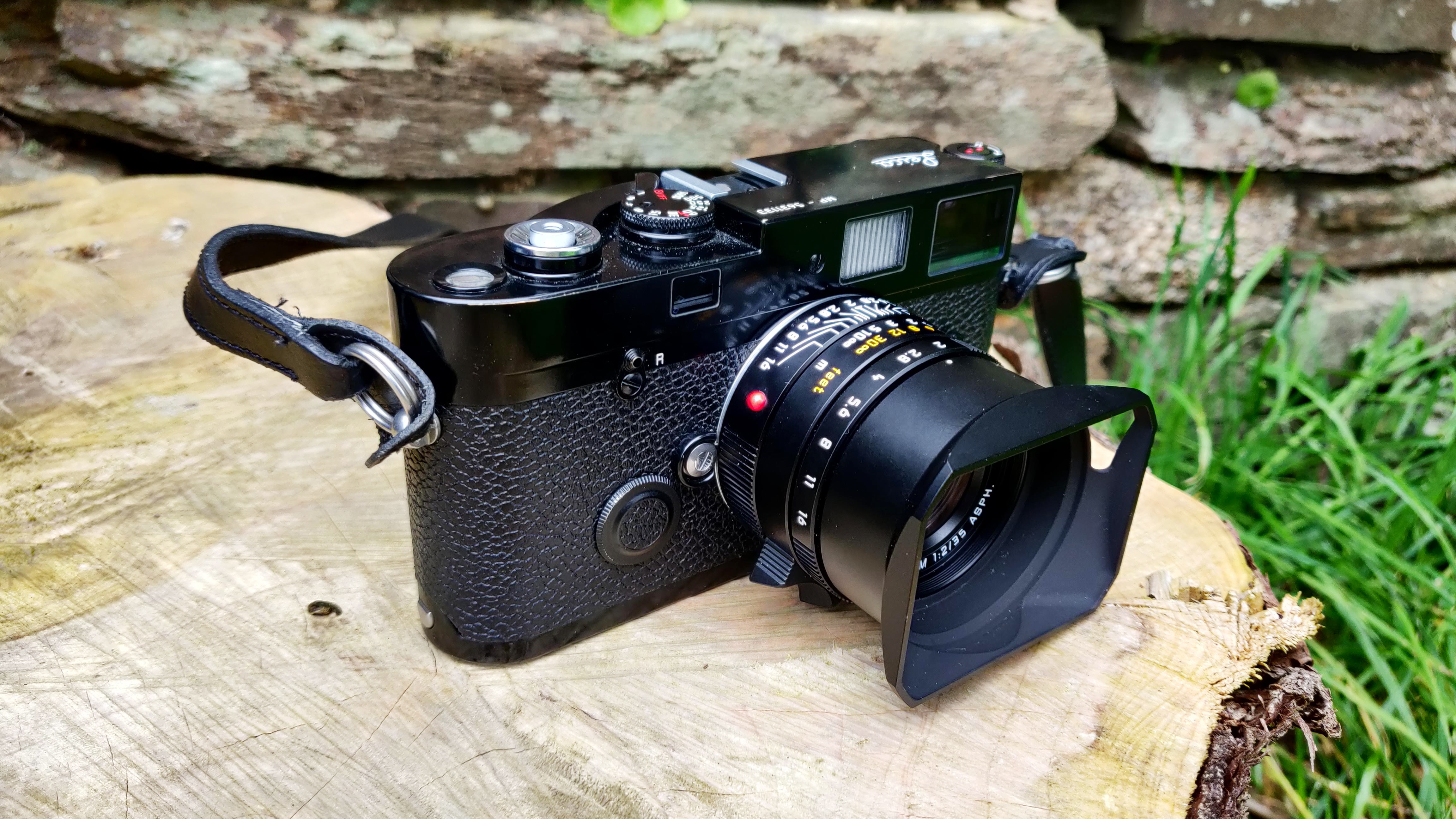
Leica MP: Specifications
| Lens Mount | Leica M-Mount |
| Focus | Manual only |
| Shutter | Mechanical: 1/1sec to 1/1000 |
| ISO raiting (lightmeter) | 6 to 6400 |
| Frame lines | 28mm / 35mm / 50mm / 75mm / 90mm / 135mm |
| Size | 138 x 77 x 38 mm |
| Weight | 1.3 lb / 600 g (with battery) |
Leica MP: Price
Leica MP: Design & Handling
Handling the Leica MP is a joy, thanks to its balanced weight and tactile controls. The camera's solid brass construction offers a satisfying heft, reminiscent of Leica's long-standing tradition of quality. One noteworthy aspect is the front battery door compartment, which some users could find slightly awkward in the hand, and does require a bit of adjustment.
Loading film into the MP is straightforward, leveraging Leica's rapid loading system from the M4. However, touching the film is unnecessary, as the camera's leveling wheel ensures proper alignment, so please everyone stop touching the film, you're loading your Leica's wrong!
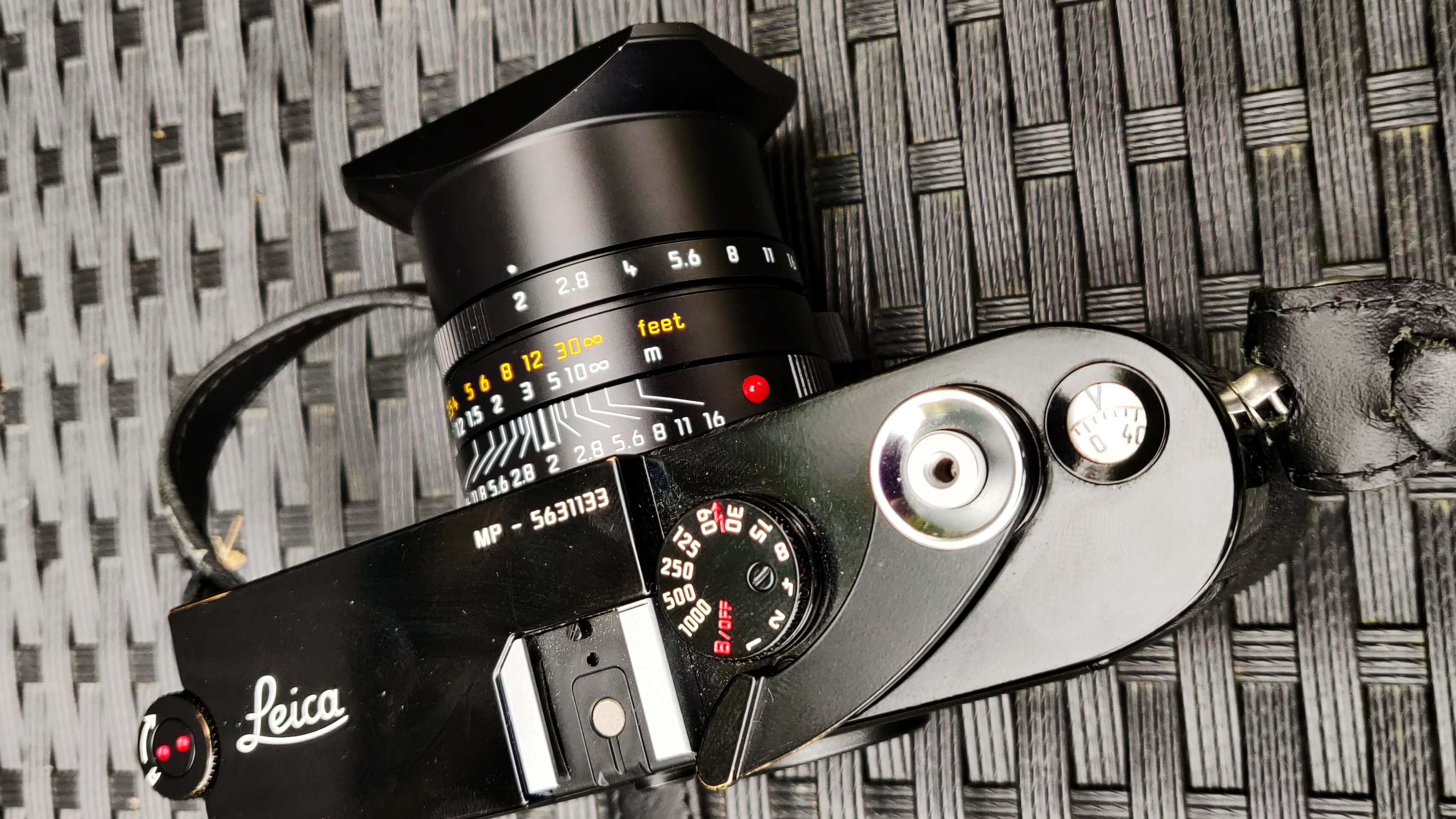
The manual film rewind process, though not as quick as modern systems, is smooth and satisfying, adding to the camera's charm, and bringing the rewind screw-knob back into fashion, once seen on the Leica M3 and Leica M2. It's a nice touch, but be prepared to turn it in for a while before being able to change films, which is again something I enjoy a lot - others might not.
The built-in light meter can be a significant advantage, simplifying exposure calculations compared to the Leica M-A. However, on testing I found that the light meter was underexposing by at least one stop, this could be due to a spot-metering preference - but I couldn't find anything in the Leica literature to confirm these thoughts. Furthermore, the Leica MP's manual nature still requires a good understanding of exposure settings, encouraging photographers to master their craft.
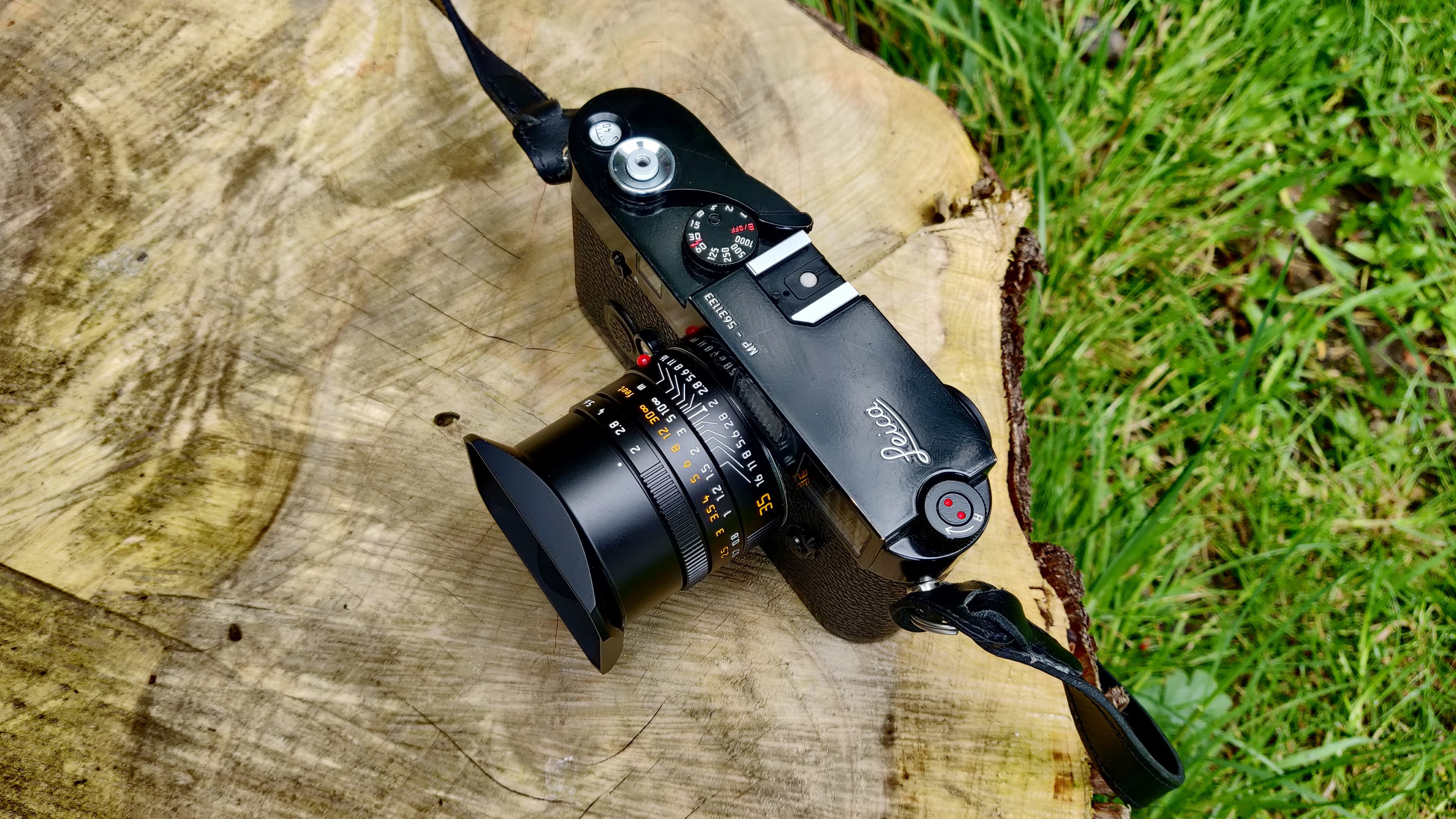
The Leica MP is crafted from solid brass, giving it a substantial weight that feels both robust and reassuring in the hand. This heft contributes to its stability during shooting, which is particularly beneficial for handheld photography in various conditions.
Despite its weight, the camera is well-balanced. When paired with lenses like the 35mm Summicron f/2 or 50mm Summilux f/1.4, the camera-lens combination feels harmonious, aiding in steady handling and precise control.
The layout of the Leica MP’s controls is designed with simplicity and efficiency in mind. The shutter speed dial, located on the top plate, is easily accessible and allows for quick adjustments. The film advance lever is smooth and satisfying to operate, contributing to the camera’s tactile pleasure. Each frame is advanced with a crisp, mechanical feel that enhances the shooting experience.
The Leica MP’s rangefinder is renowned for its precision. The bright, high-contrast viewfinder provides clear frame lines for multiple focal lengths from 28mm all the way up to 135mm allowing photographers to compose their shots accurately.
The standard 0.72x magnification is versatile, but other magnifications (0.58x and 0.85x) are available for different shooting styles and preferences, but these are custom orders from Leica.
Leica MP: Performance
While the Leica MP does need a battery for its built-in light meter, it is fully mechanical, meaning it operates independently of the batteries. This ensures that the camera is always ready to shoot, without the worry of electronic malfunctions or battery depletion.
The mechanical shutter is highly reliable and offers speeds from 1 second to 1/1000 sec, plus Bulb mode for long exposures. This range is sufficient for most lighting conditions and creative needs.
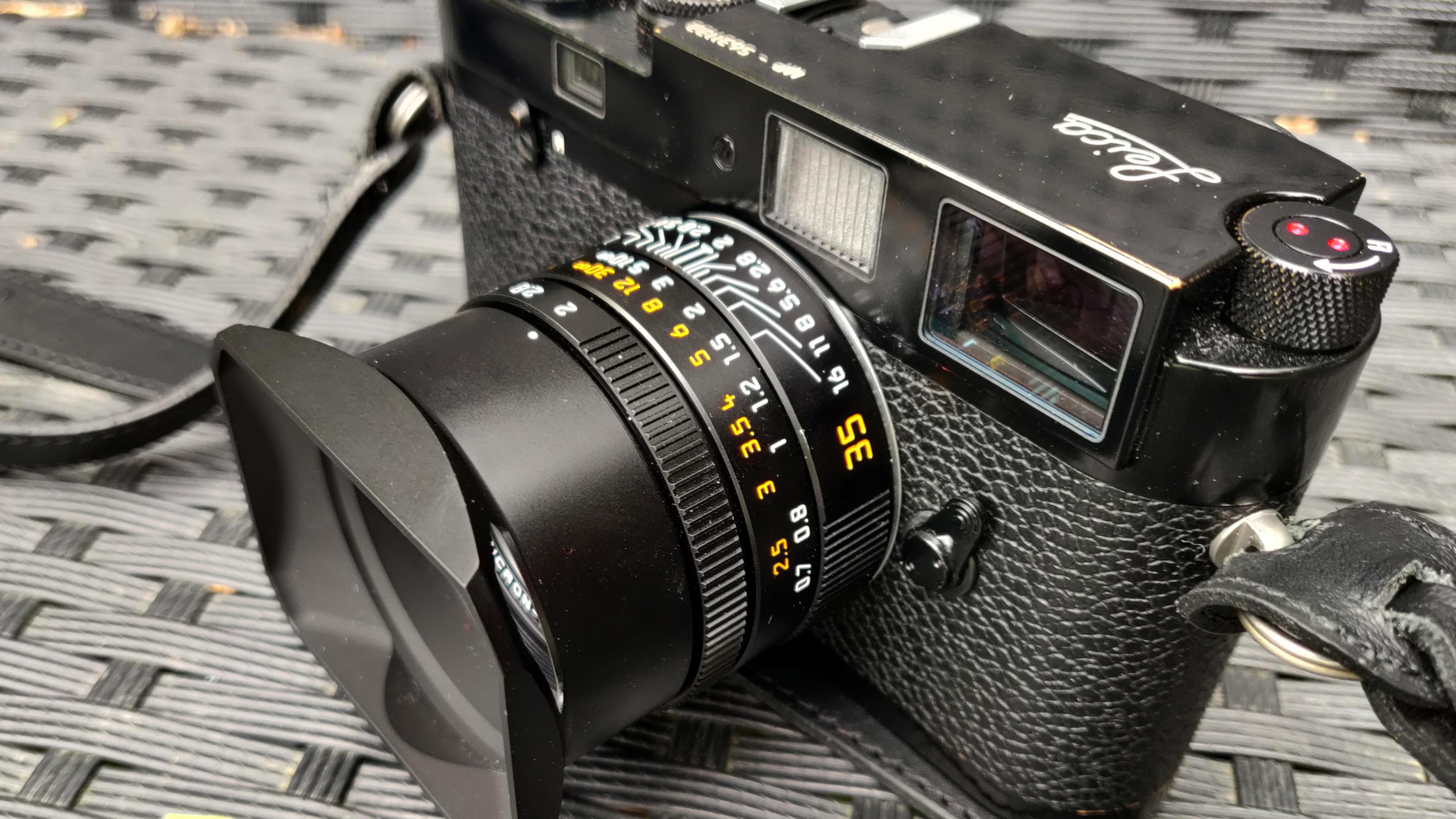
The inclusion of a built-in light meter is one of the MP’s significant advantages over its sibling, the Leica M-A. The light meter uses a traditional arrow and dot display in the viewfinder, providing real-time exposure feedback. This feature simplifies exposure settings, allowing photographers to quickly and hopefully accurately adjust their aperture and shutter speed to match the scene's lighting conditions - once you are used to it!
The frame counter on the Leica MP automatically advances with each frame and resets when the bottom plate is removed. However, some users might find the frame counter markings (only indicating 0, 5, 10, etc.) slightly hard to read precisely.
A small drawback is the lack of a shutter lock. If the shutter is cocked and the camera is placed in a bag, there’s a risk of accidentally firing a frame. This necessitates mindful handling, especially with expensive or limited-availability film stocks.
Leica MP: Sample Images
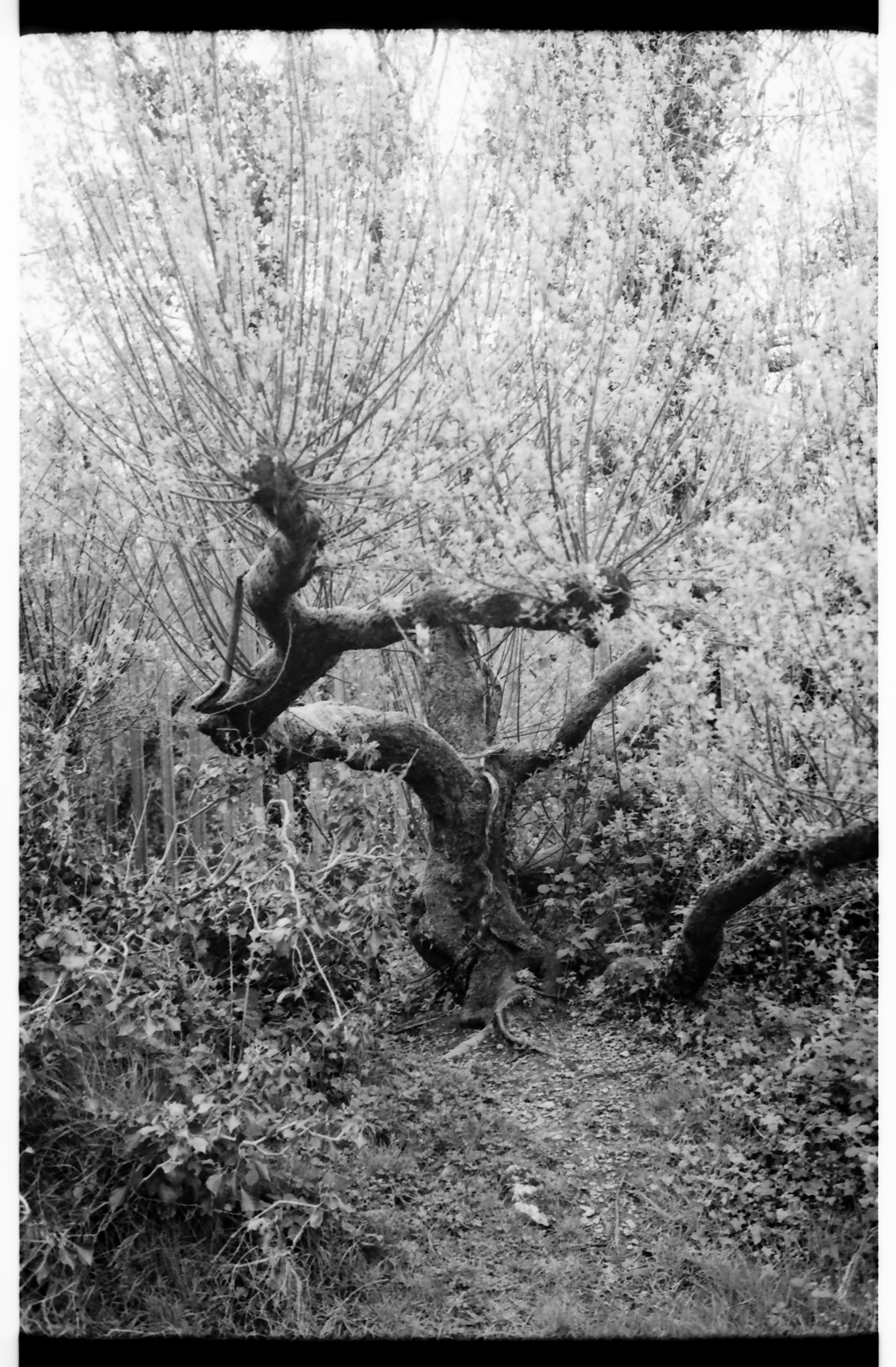
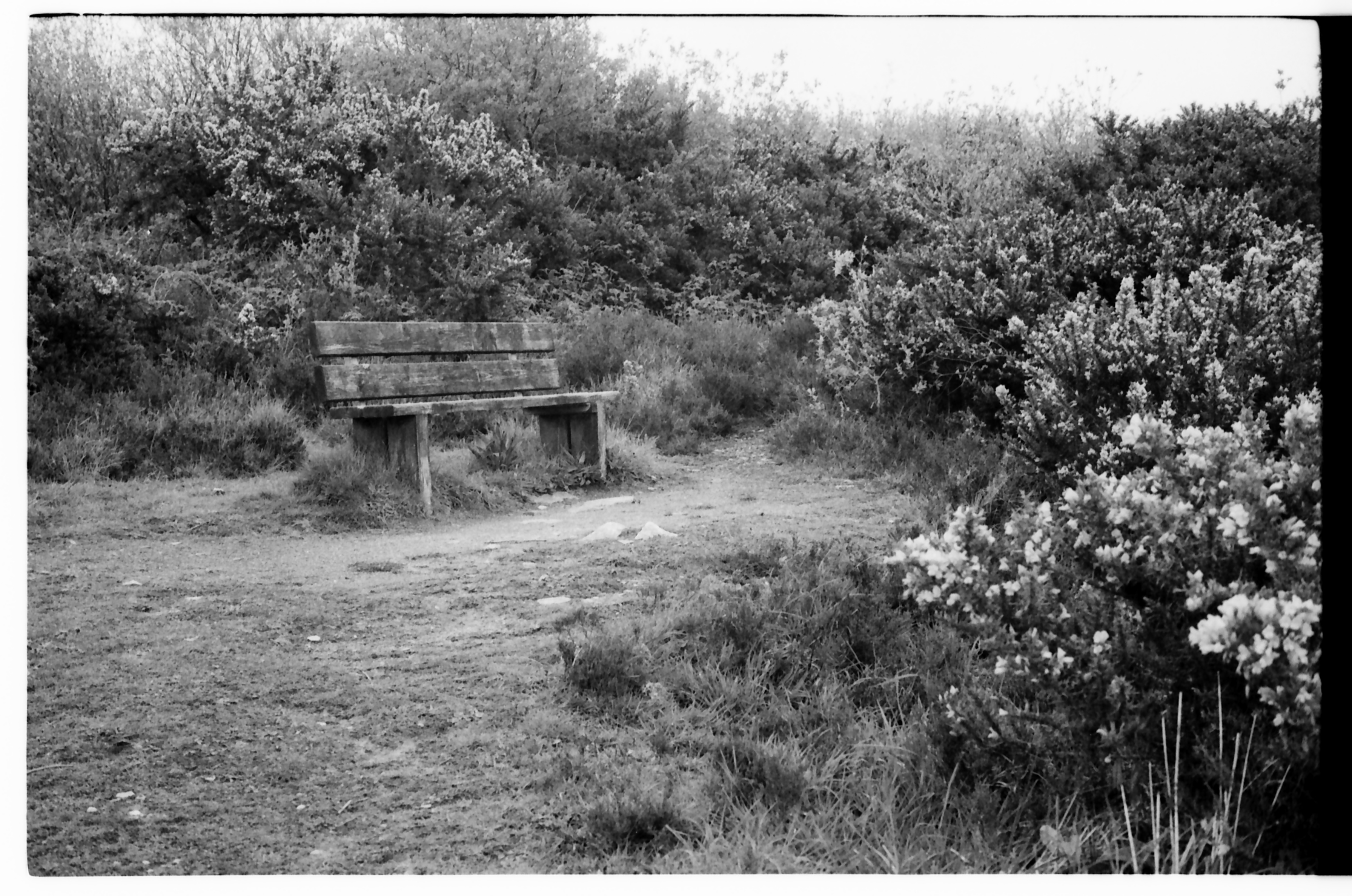
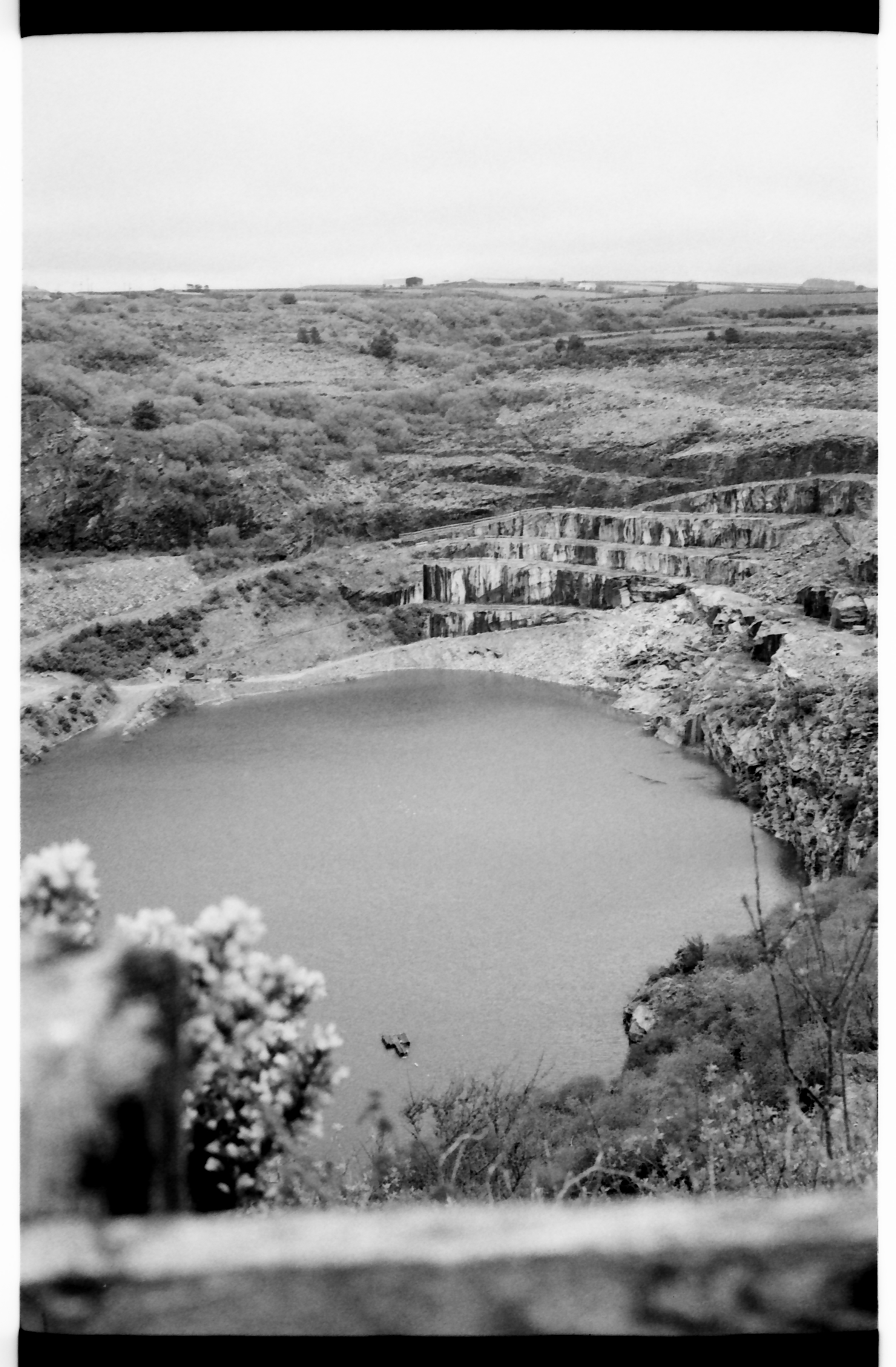
Leica MP: Verdict
The Leica MP’s shooting experience is immersive and rewarding. The manual controls and mechanical feedback provide a tactile and engaging process, allowing photographers to feel deeply connected to their craft.
The Leica MP offers an unparalleled handling and performance experience that appeals to both analog enthusiasts and professional photographers. Its robust construction, intuitive controls, precise rangefinder, and reliable mechanical operation combine to create a camera that is both a joy to use and capable of producing outstanding photographic results.
While there are minor quirks, such as the front battery door and the absence of a shutter lock, these are easily overshadowed by the camera's overall excellence. For those committed to the art of film photography, the Leica MP is a timeless investment that promises a lifetime of exceptional performance.
| Features | Pure photography at its finest | ★★★★★ |
| Design | Its timeless design hasn't changed since the 1950's, but the battery door at the front can be tricky to get used too | ★★★★ |
| Performance | This is one of the finest photography experiences around, but it comes at a great cost | ★★★★ |
| Value | It's built quality is legendary, and its design is an icon, but it will cost you a fortune - but it will be worth every penny! | ★★★★★ |

✅ Buy this if...
- If you want the pure photography experience
- If you want a fully mechanical camera with a timeless design
🚫 Don't buy this if...
- If you're new to photography, this is a very pricey investment for beginners
- You haven't mastered the exposure triangle
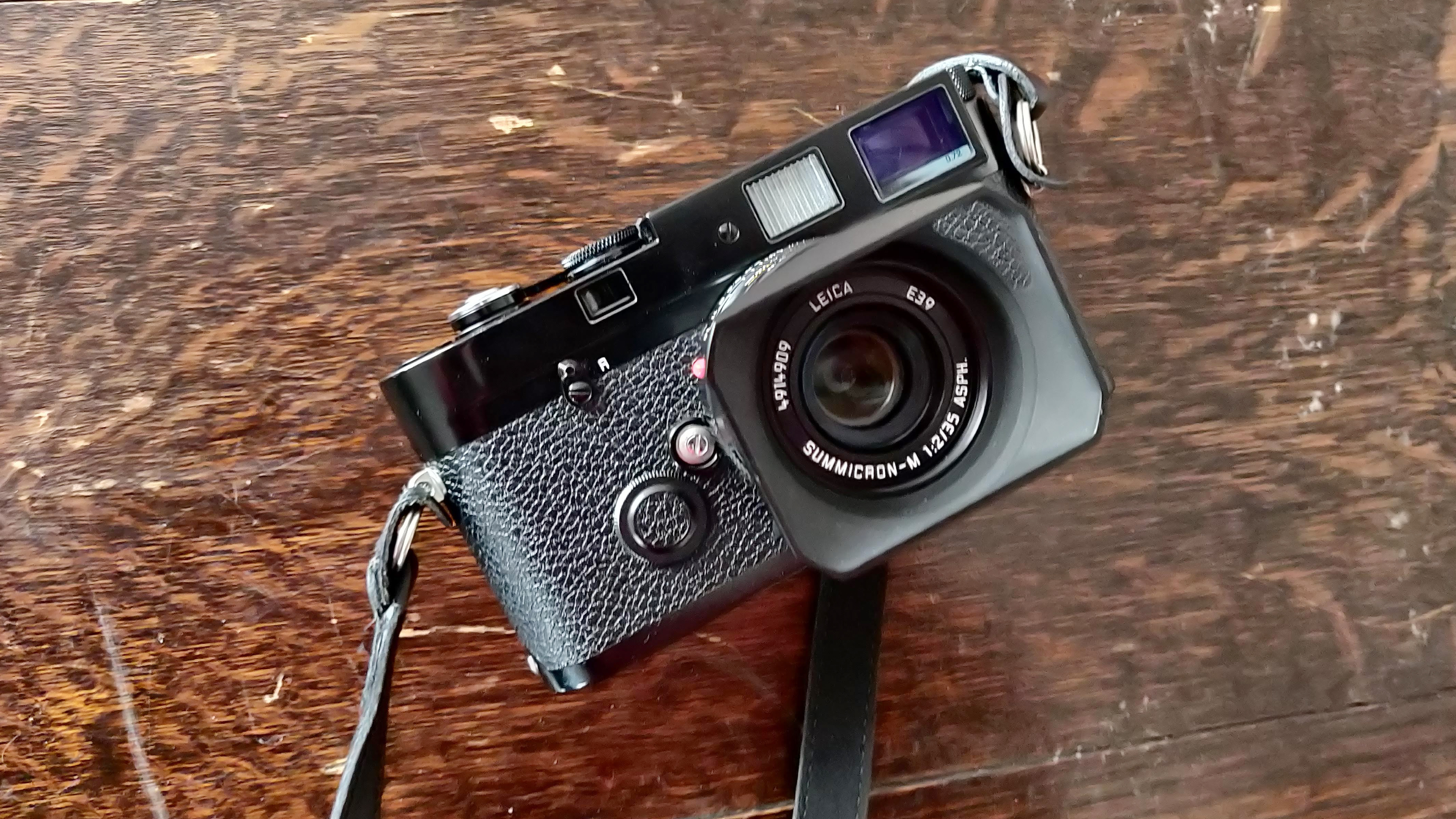
Alternatives
Leica M11
While this is a digital camera, you are able to shoot in color, black, and white and record DNGs to tweak your image to your heart's content. Yes, it's a digital camera, but that comes with modern convenience that simply can't be ignored. However, if you only want to shoot film and analog is your chosen medium then you simply can't go wrong with the Leica M-A - it's the MP, just with no light meter at all.

For nearly two decades Sebastian's work has been published internationally. Originally specializing in Equestrianism, his visuals have been used by the leading names in the equestrian industry such as The Fédération Equestre Internationale (FEI), The Jockey Club, Horse & Hound, and many more for various advertising campaigns, books, and pre/post-event highlights.
He is a Fellow of the Royal Society of Arts, holds a Foundation Degree in Equitation Science, and holds a Master of Arts in Publishing. He is a member of Nikon NPS and has been a Nikon user since his film days using a Nikon F5. He saw the digital transition with Nikon's D series cameras and is still, to this day, the youngest member to be elected into BEWA, the British Equestrian Writers' Association.
He is familiar with and shows great interest in 35mm, medium, and large-format photography, using products by Leica, Phase One, Hasselblad, Alpa, and Sinar. Sebastian has also used many cinema cameras from Sony, RED, ARRI, and everything in between. He now spends his spare time using his trusted Leica M-E or Leica M2, shooting Street/Documentary photography as he sees it, usually in Black and White.
